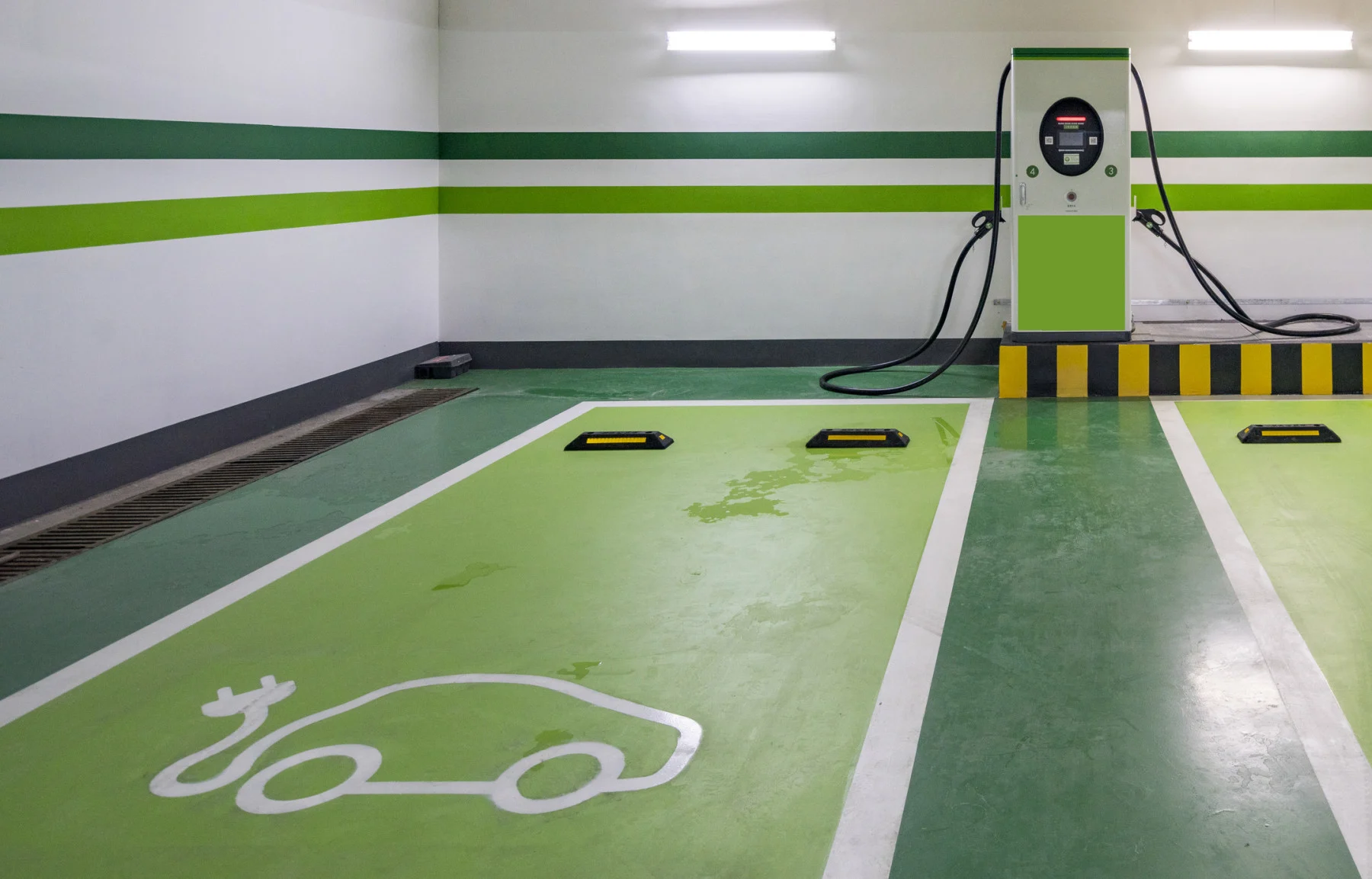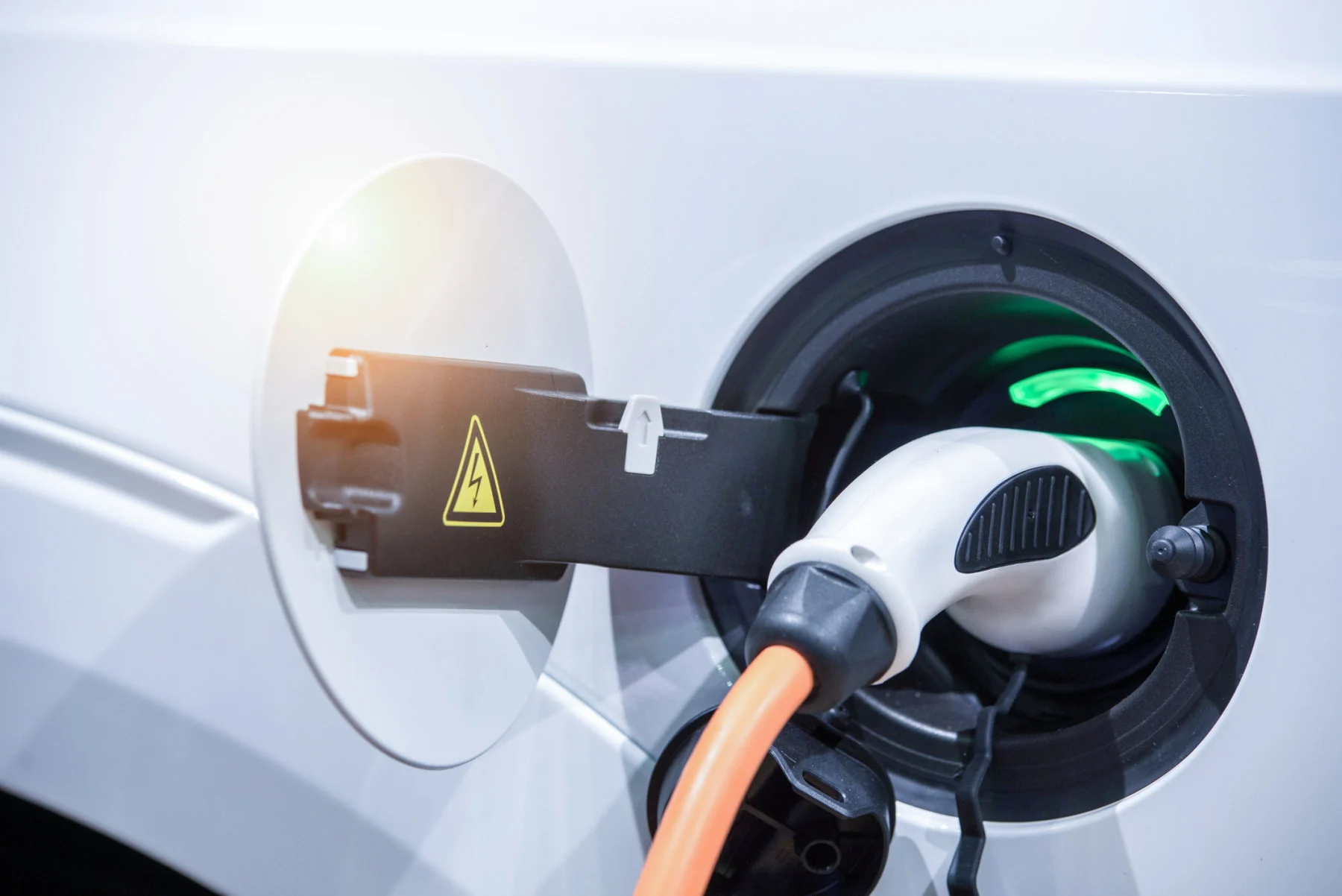
Will the electricity used to power electric cars really be green?
The question floating around the climate corners of the internet these days is “Where will all the electricity for electric cars come from?”
It’s an important question, given that electricity already accounts for 20 per cent of total global energy consumption, a number that is expected to rise rapidly during this decade.
To answer it, as it pertains to this country, we must calculate the electricity required to power a fleet of electric cars big enough to serve all Canadians. How much electricity would be needed beyond our current capacity?
These calculations have been done. Analysis by Electric Mobility Canada found that “Ontario alone could accommodate 10 million electric vehicles recharging overnight with no additional generating capacity required.”
The analysis notes that a fleet that large would constitute approximately “1.5 times the total number of vehicles licensed for on-road use in Ontario today.”
A second way to approach the question is to consider the source of the electricity. What percentage of the electricity to power electric cars would come from coal or other fossil fuels, for example, thereby negating or even exacerbating the impacts on climate change?
RELATED: This is what Canadians are asking Google about electric vehicles
According to the International Energy Agency (IEA), renewable sources like solar and wind accounted for 30 per cent of all electricity generation in 2021. What’s more, renewables are growing faster than any other energy source, “accounting for almost 95 per cent of the increase in global power capacity through 2026.”
In their annual report, the IEA found that renewables would be the largest source of power generation within the next five years. Which means that the source of electricity for electric cars is partly green and getting greener.

Power supply charging the battery of an electric vehicle. (boonchai wedmakawand/ Moment/ Getty Images)
Indeed, another study by the International Council on Clean Transportation (ICCT) determined the greenhouse gas emissions (GHG) over the life cycle of different types of vehicles, and found that emissions of battery electric vehicles were as much as 69 per cent lower than those of comparably sized gas-powered vehicles.
This is a third way to ask the question: How do the costs of a future fleet of electric vehicles compare to the (often ignored) costs of today’s transportation sector?
Perhaps the most striking of these present day costs is that fossil fuels account for more than 30 per cent (by tonnage) of all the cargo shipped around the world.
Which means, as Bill McKibben noted, that a third of what “we move around the seas is not finished products (cars) nor even the raw materials to make them (steel), but simply the stuff that we burn to power those transformations, and to keep ourselves warmed, cooled, and lit.”
“What’s in a ship’s cargo matters, and vessel operators and owners need to take responsibility for how their cargo contributes to the climate emergency and biodiversity crisis,” Clean Marine Shipping and Social Justice Consultant Andrew Dumbrille, told The Weather Network (TWN).
“More and more shipping is being seen within the broader context of how it allows and enables economies to contribute to the unsustainable use of resources, and literally fuels climate change,” Dumbrille added.
Before even accounting for the GHGs emitted by gas-powered cars and trucks, therefore, we must consider the emissions of the ships bringing the fuel in the first place. And this number is also striking.
The shipping industry, according to a study by the Ocean Conservancy, emits one billion tons of carbon a year, which would make it the sixth highest GHG emitter among the world’s nations.
“The main challenge for shipping is fuel switching — replacing (extremely polluting) bunker fuel with cleaner alternatives,” Werner Antweiler, Director of UBC’s Sauder School of Business, told TWN.
Dumbrille agreed. “Transitioning away from bunker fuel to alternatives is urgently needed, and not just because of the fuel spill risk. Bunker fuel emissions contain high levels of particulate matter, toxins, and black carbon which impact human health and contribute to worsening the climate emergency,” Dumbrille said.
“Black carbon absorbs light and heat, promoting sea ice melt and local warming. It’s one fifth of the global shipping industry's climate impact. Switching away from bunker fuel can have a significant benefit in reducing black carbon emissions,” Dumbrille added.
Of course, even before the shipping of fossil fuels, they must be extracted from the ground, an environmentally damaging and energy intensive process. And once shipped, fossil fuels must be delivered to service stations by tens of thousands of trucks.
For those truckers whose livelihoods would be impacted by the switch to electric vehicles, a just transition is essential. But this problem is less pressing because there is a global shortage of truck drivers — including a shortfall of 18,000 in Canada in 2021.
For Mario Herger, technology trends researcher, the time has come to embrace electric vehicles. “You have to spend three times as much energy to power gasoline-fueled vehicles compared to electric cars,” he told TWN. “You have to get fossil fuels out of the soil, you have to go deeper, ocean digging, fracking.”
As Herger points out, accessing fossil fuels has become more challenging, more dangerous, and less efficient.
The internal combustion engines that run our gas-powered vehicles are less efficient as well. Herger notes that, because of all the friction and heat loss, only about 20-30 per cent of the fuel source is turned into kinetic energy.
By contrast, 95 per cent of the electricity that powers an electric vehicle converts directly to the kinetic energy that moves the car.
“It would even be more environmentally friendly to burn coal in a plant to convert to electricity for electric cars than to run gas-powered cars,” Herger explained. “The plants can build in filters and are run by experts. Better that the same amount of fuel used in our cars be used in public utility plants so that the exhaust and heat lost could instead be used for electricity generation.”
Small steps have been taken towards the greening of our current transportation sector, like the Clydebank Declaration, signed at COP26, which aims to reserve some international shipping corridors for zero-emission vessels.
But Antweiler calls Clydebank merely “aspirational,” noting that “six shipping corridors among hundreds isn’t very much.” Dumbrille agreed that more needed to be done.
“Shipping owners and operators have a responsibility and role to play in bringing down emissions and contributing to community wellbeing and sustainable economies, whether that’s the impact of the actual operations of a vessel or how its cargo is contributing to the health of the planet,” Dumbrille told TWN.
This is beginning to happen. One of the world’s largest dry bulk operators, Eastern Pacific Shipping (EPS), has introduced a “No Coal Cargo” policy, which reads, “We aim to play a small part in making one of the world’s worst pollutants that much harder to access.”
So the answer to whether electric cars will be green is yes. They are green and growing greener — and are much greener than what we have now. Which leaves another question: With the technology in place, when will the political will be there to move electric cars into the mainstream?
Herger believes the time is now. “The revolution,” he says, “is coming.”
Thumbnail credit: Yaorusheng/ Moment/ Getty Images











